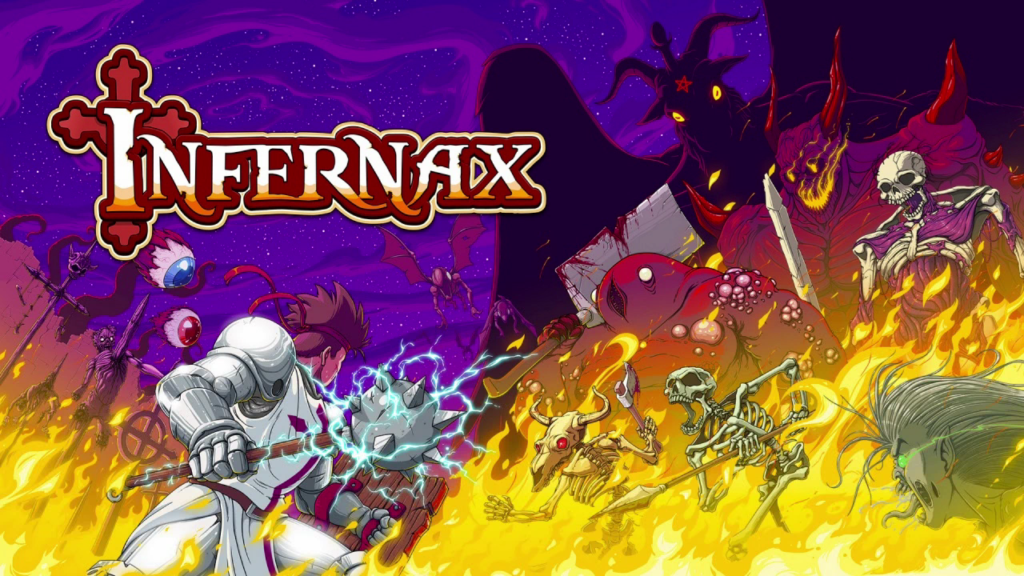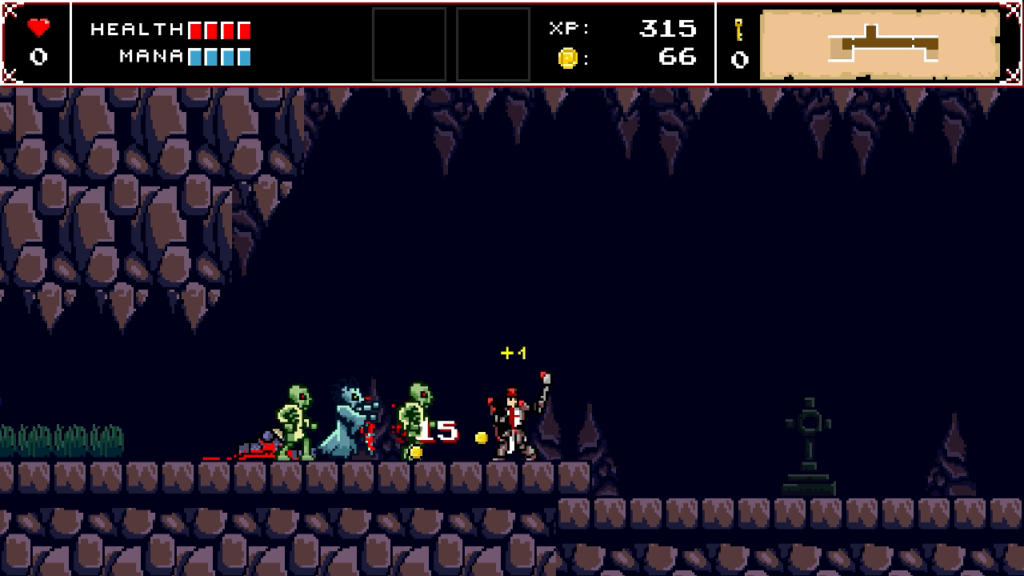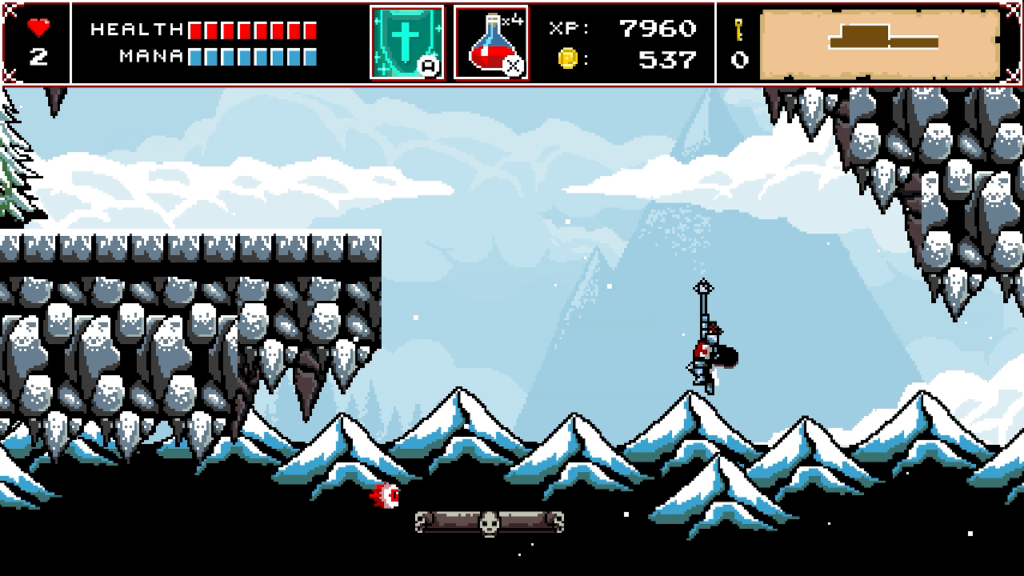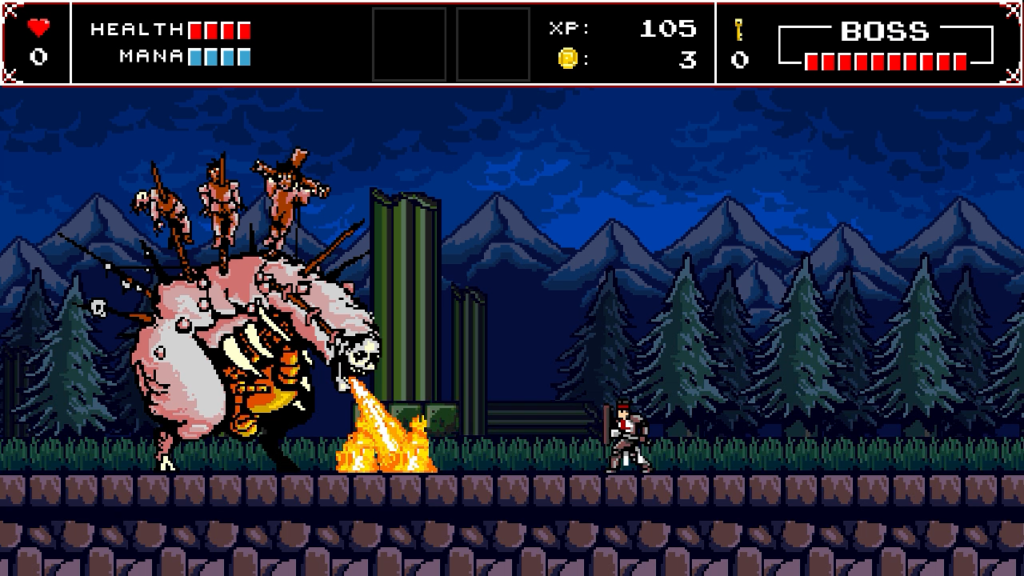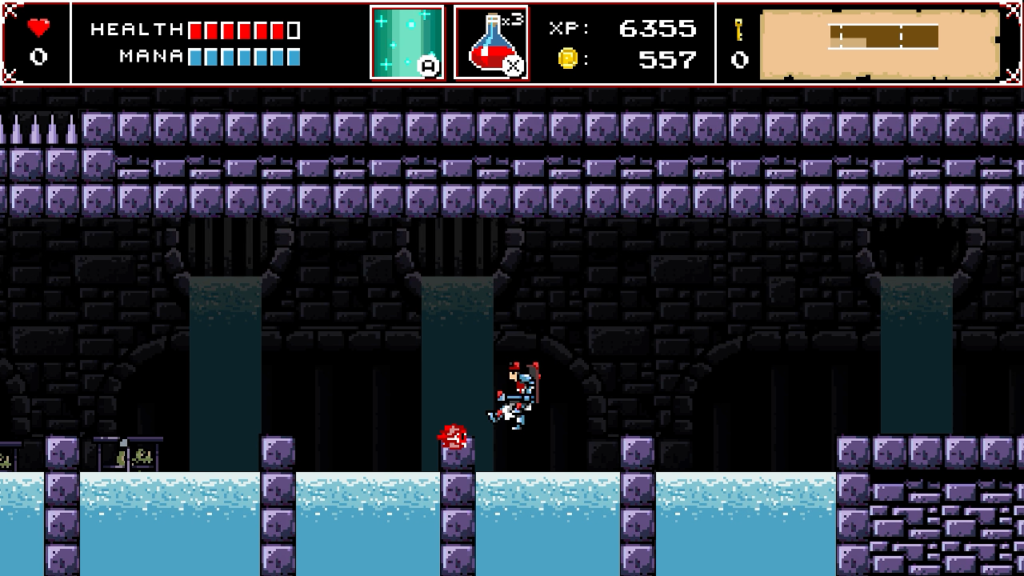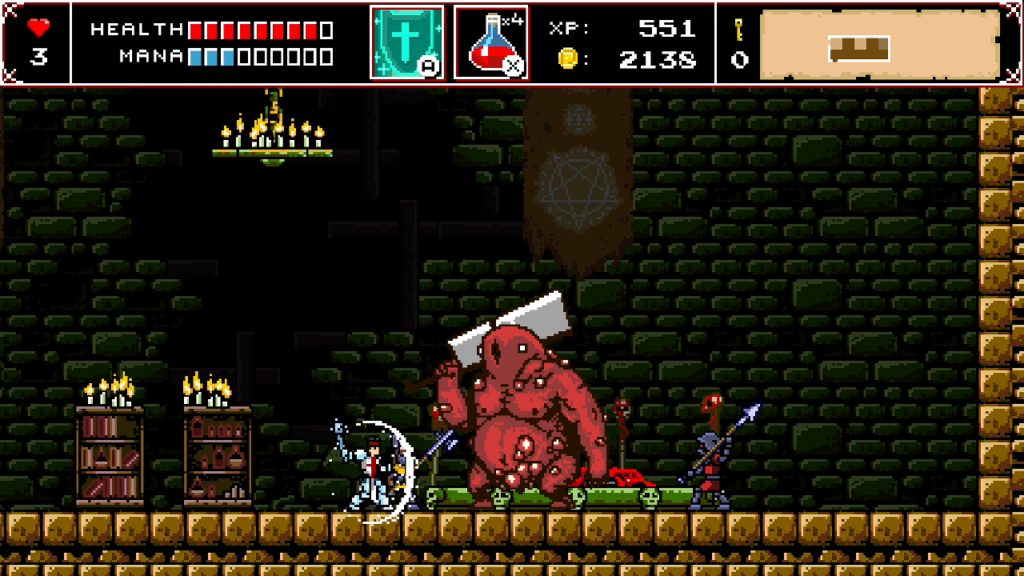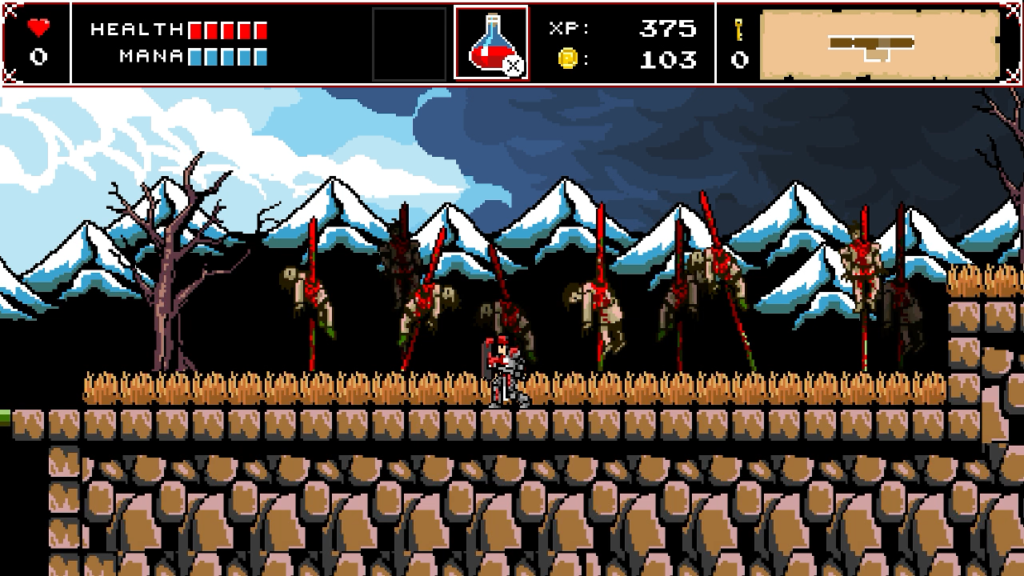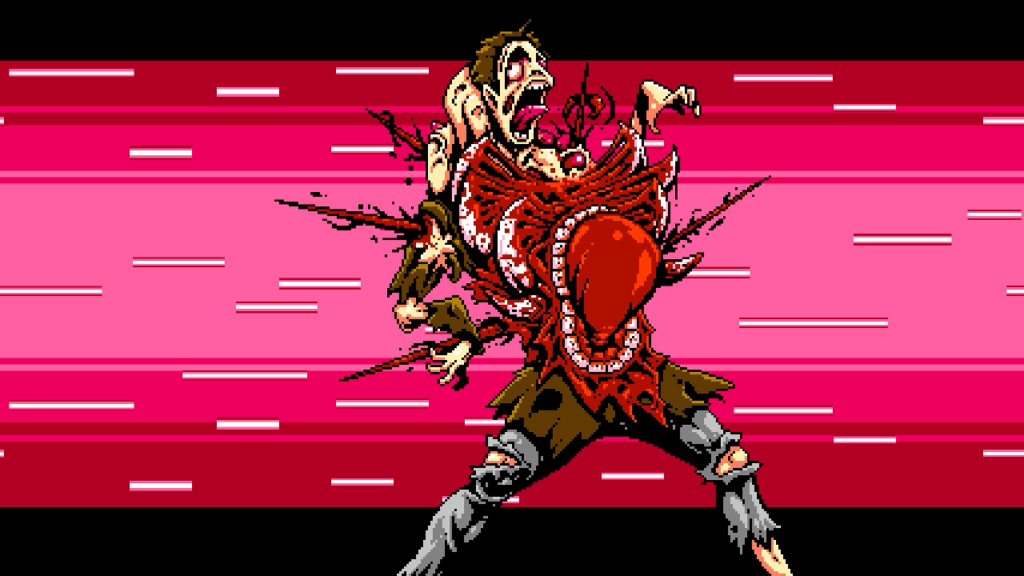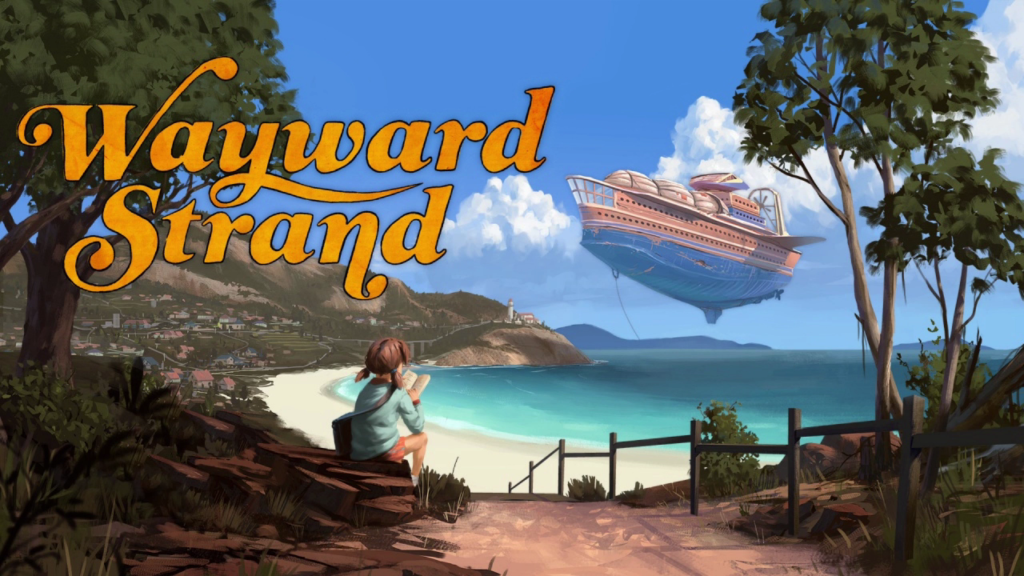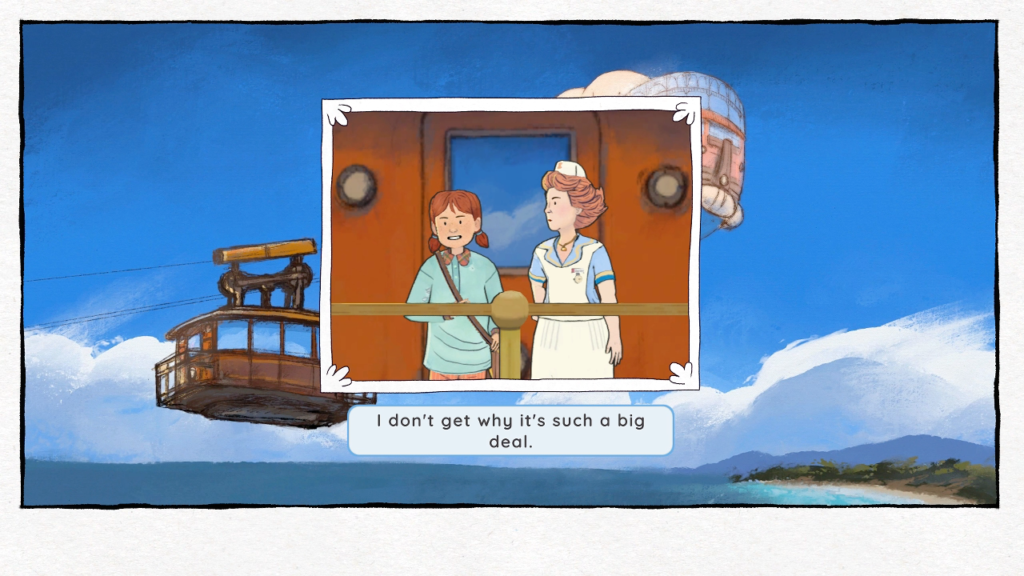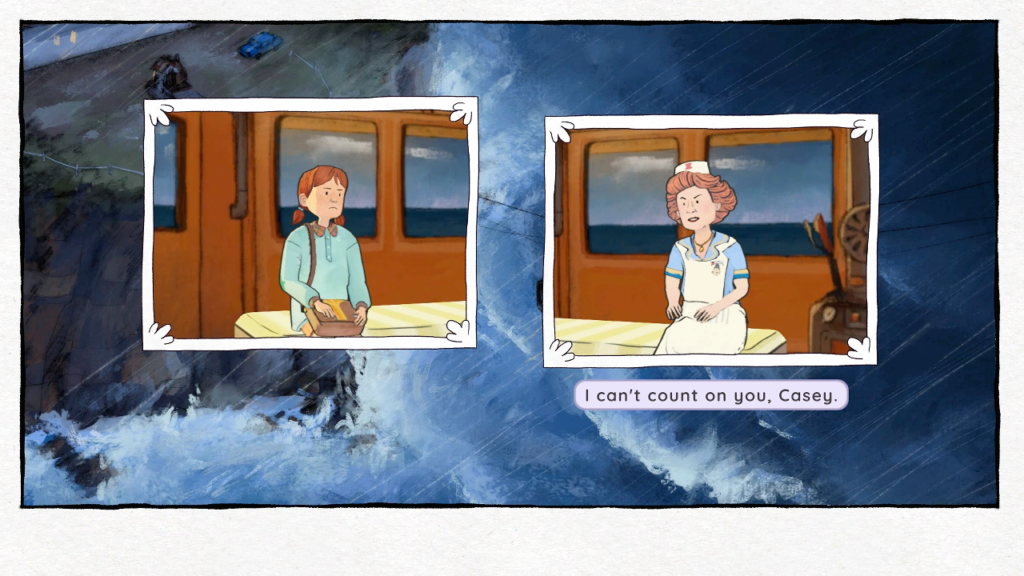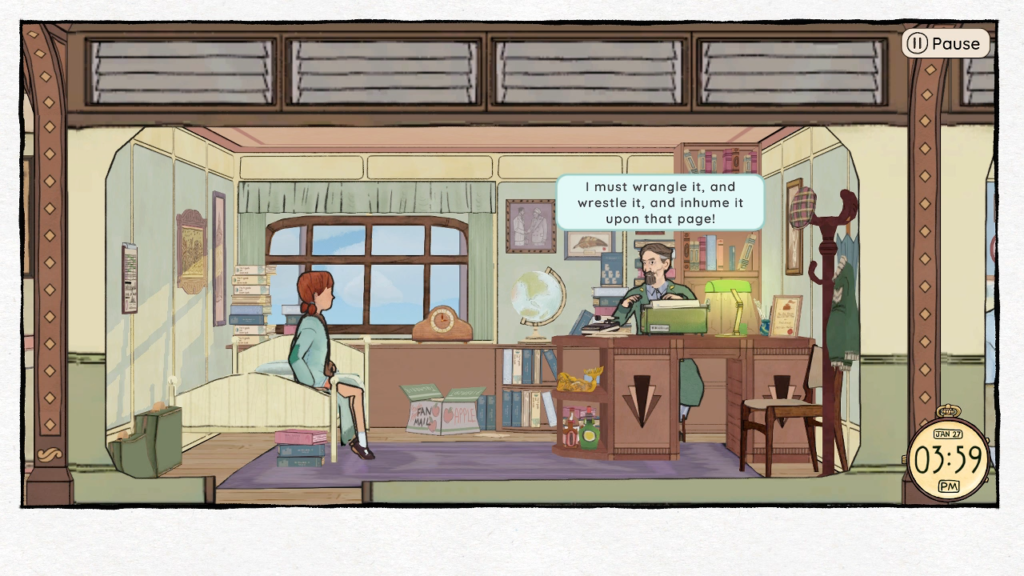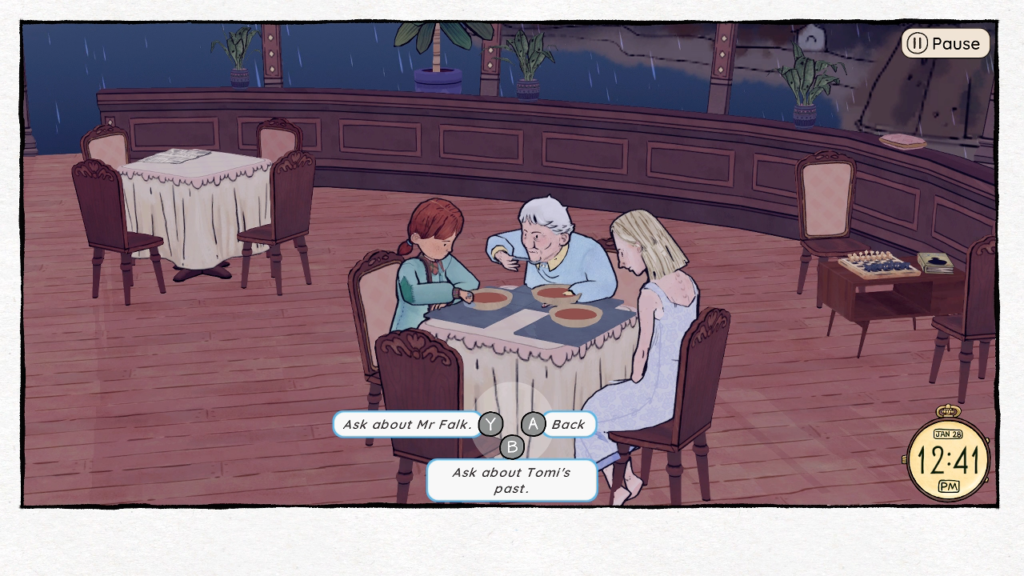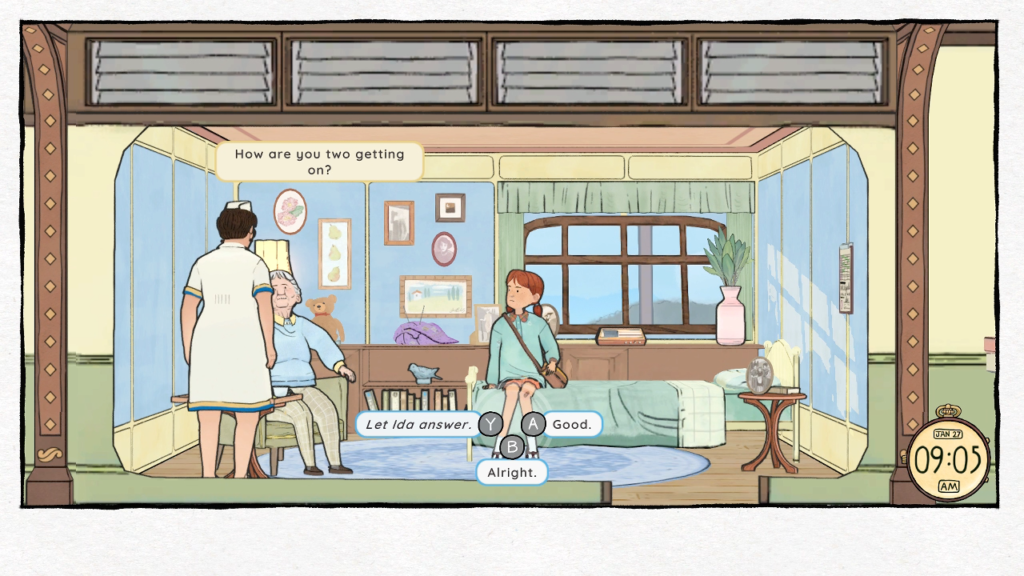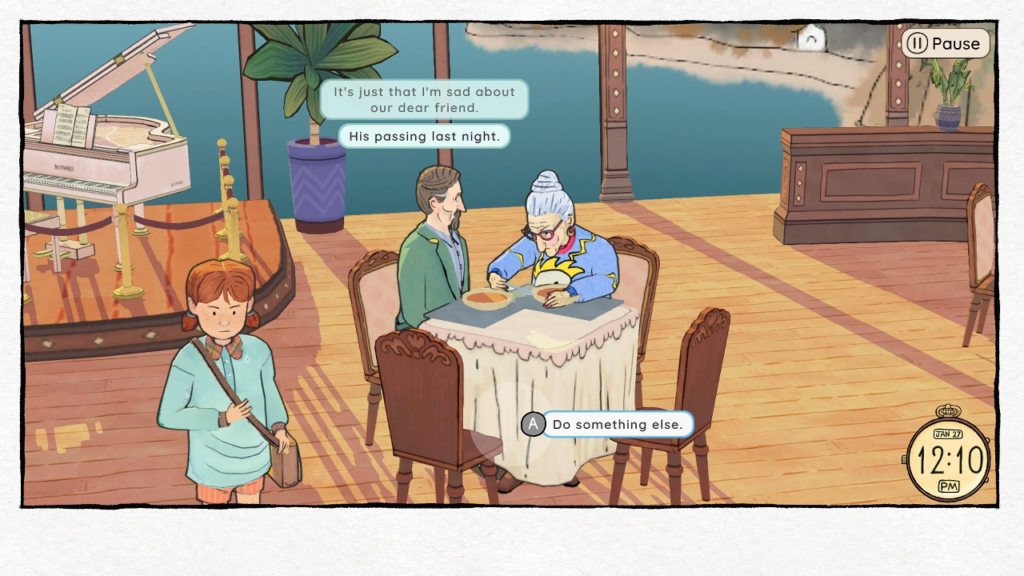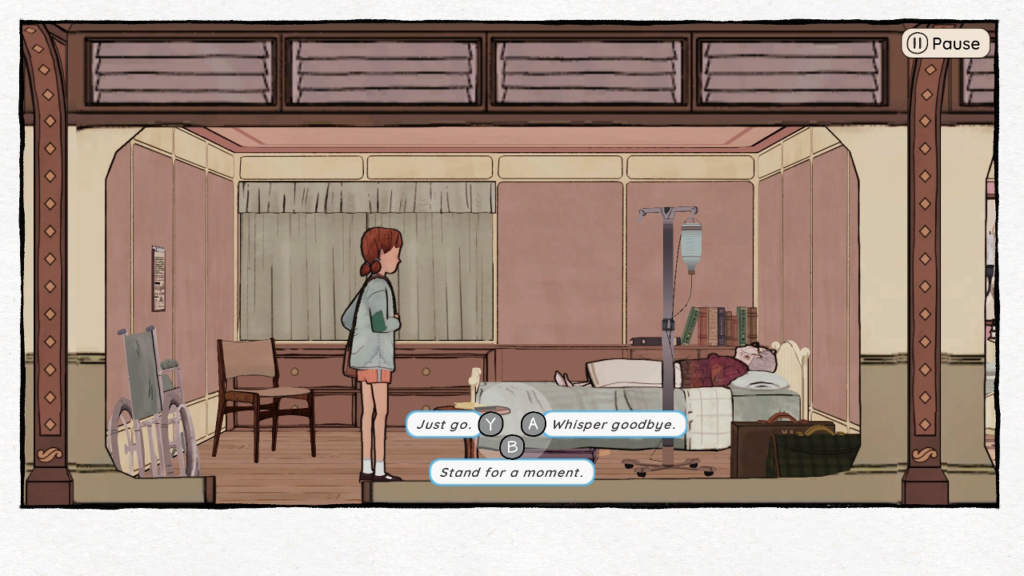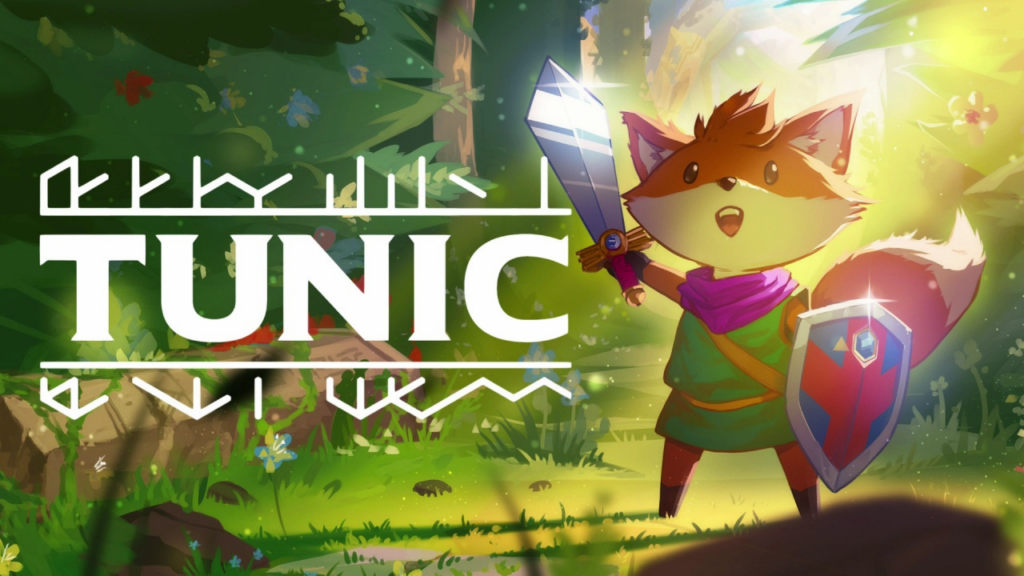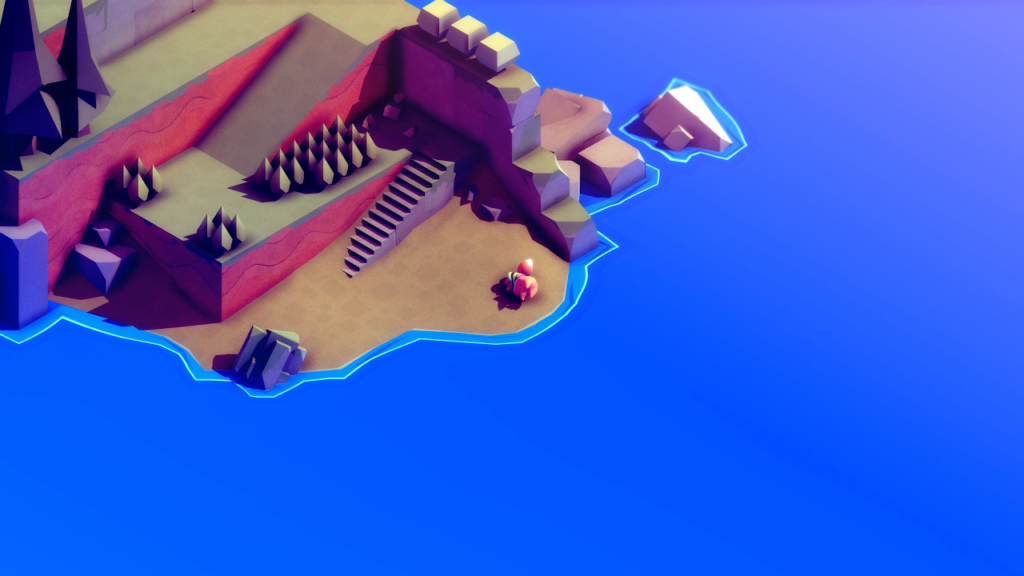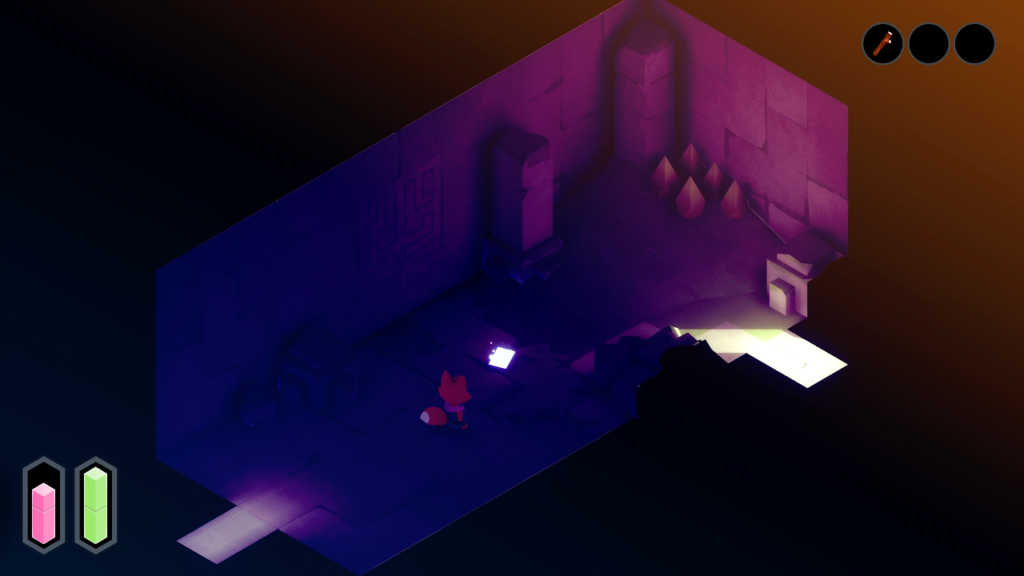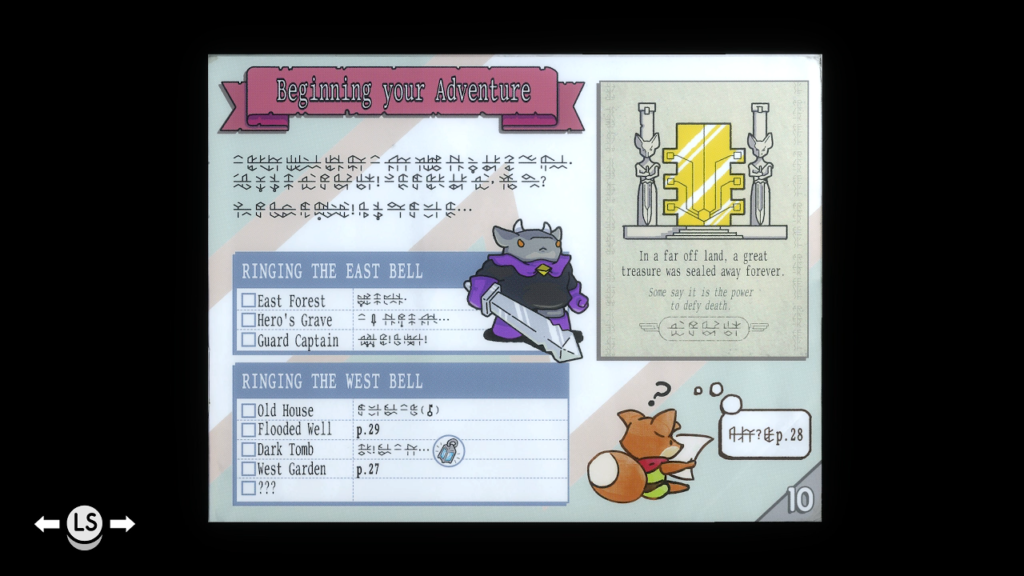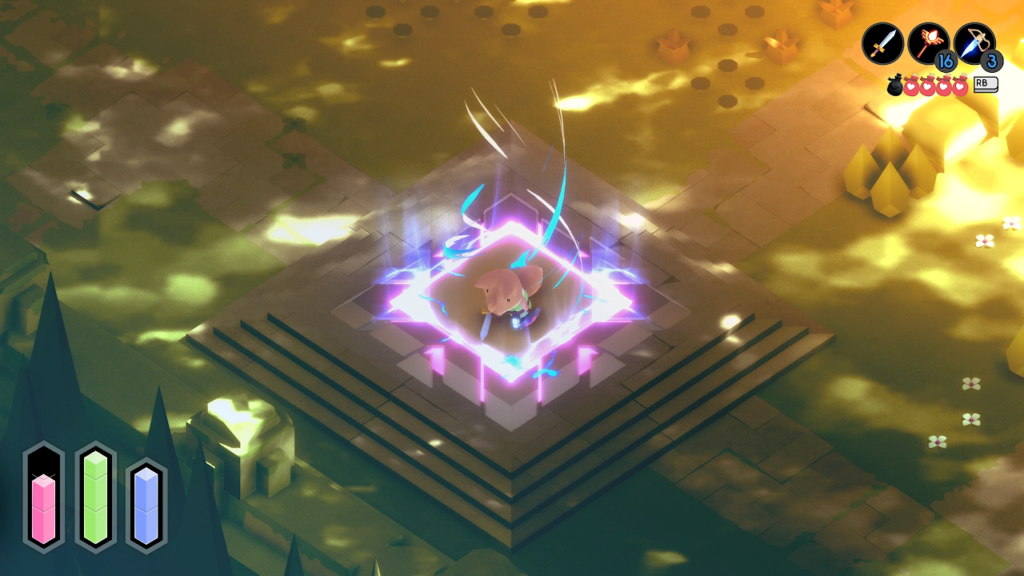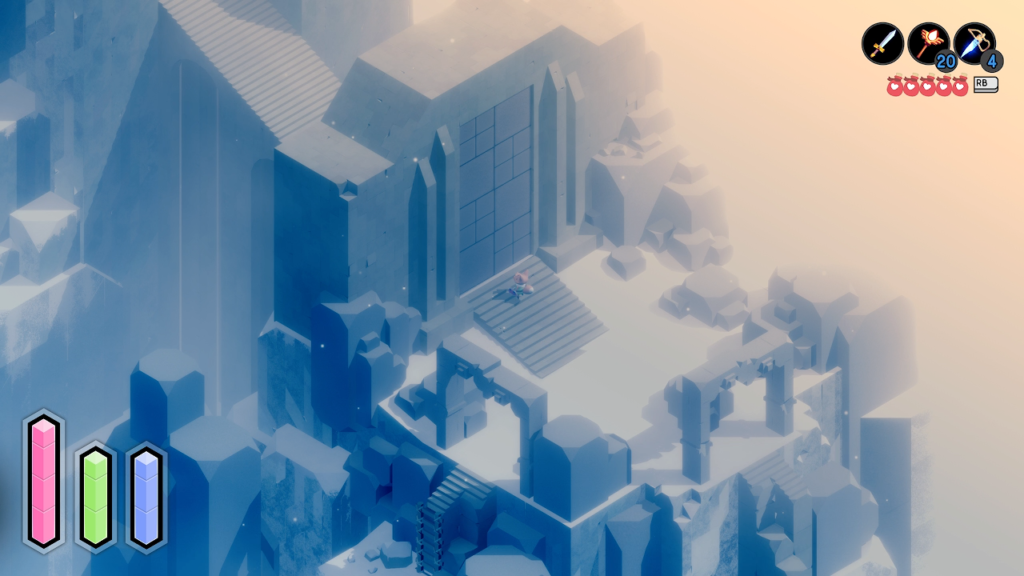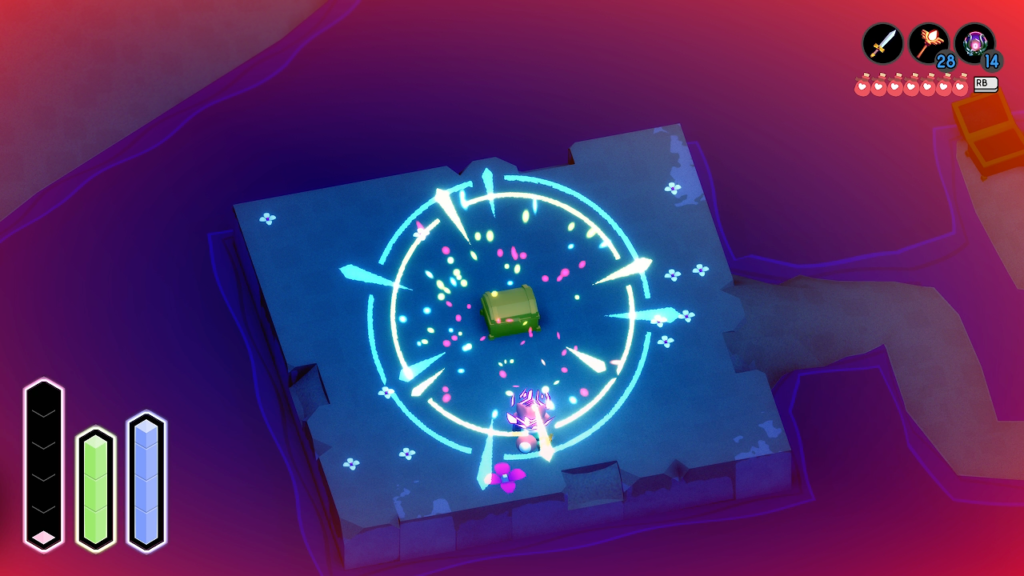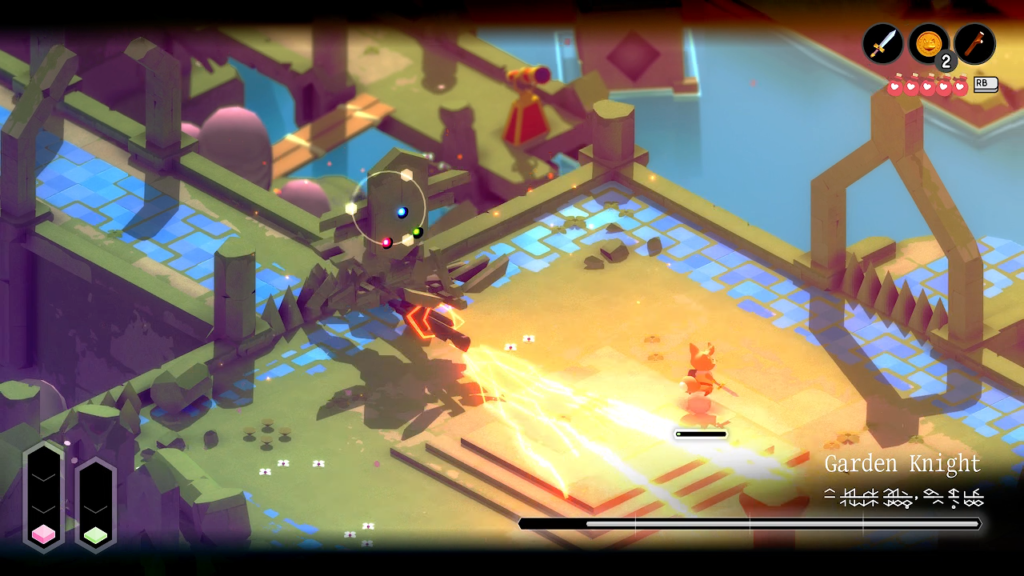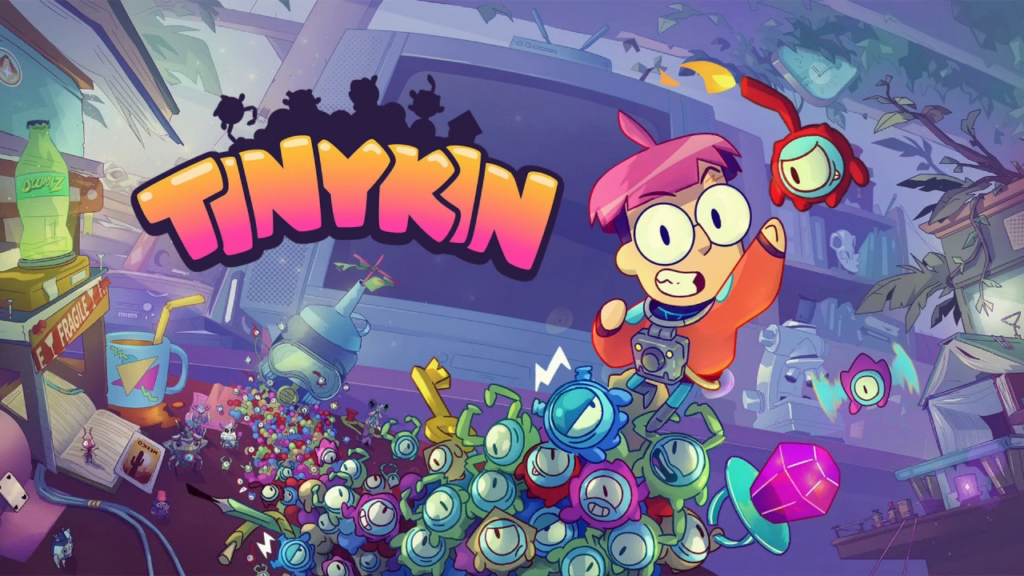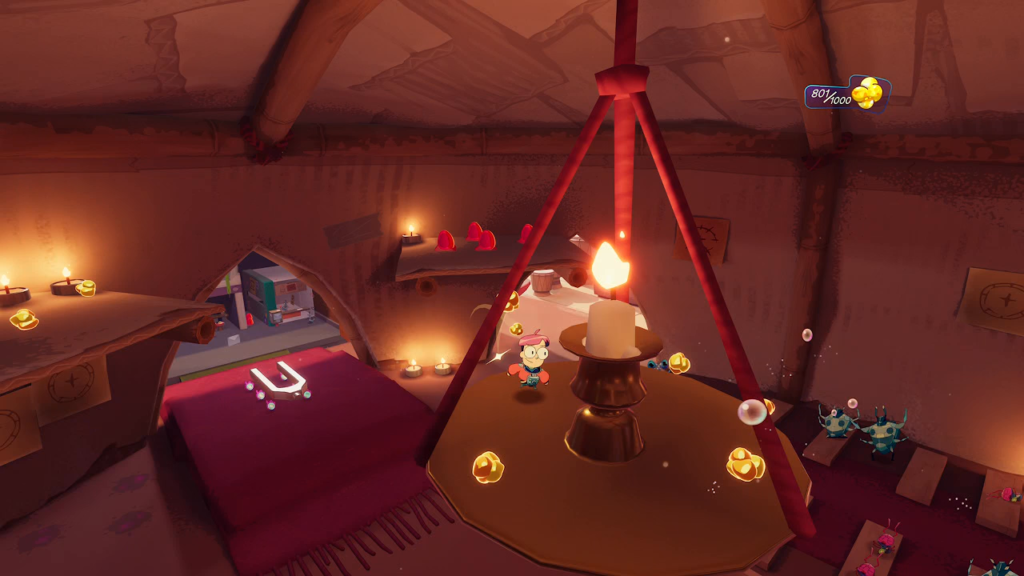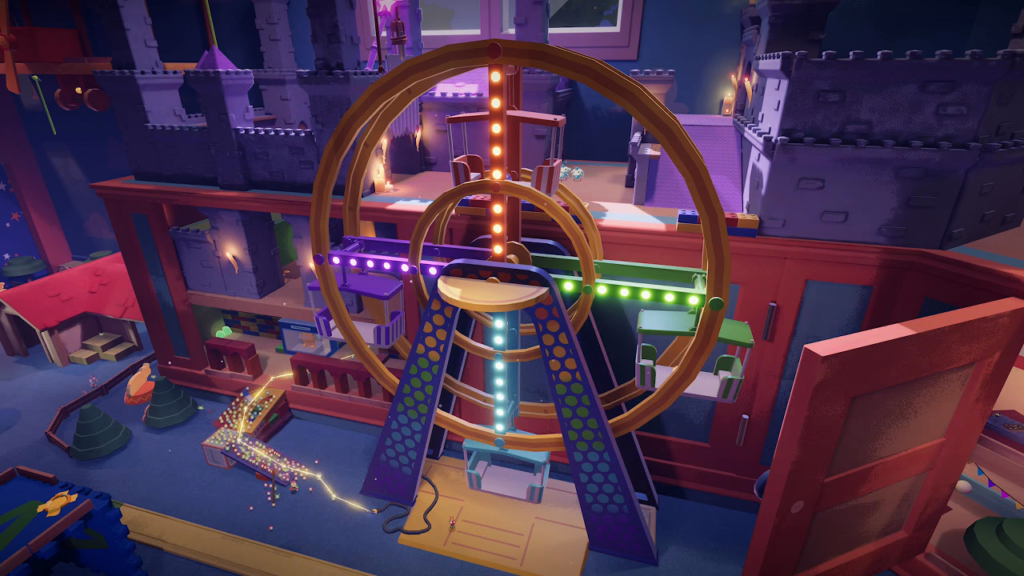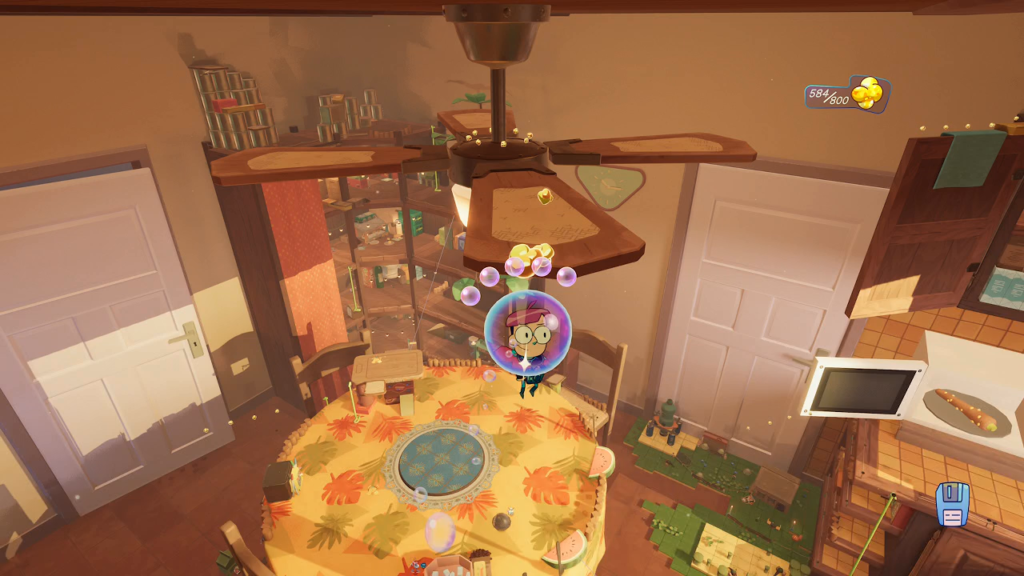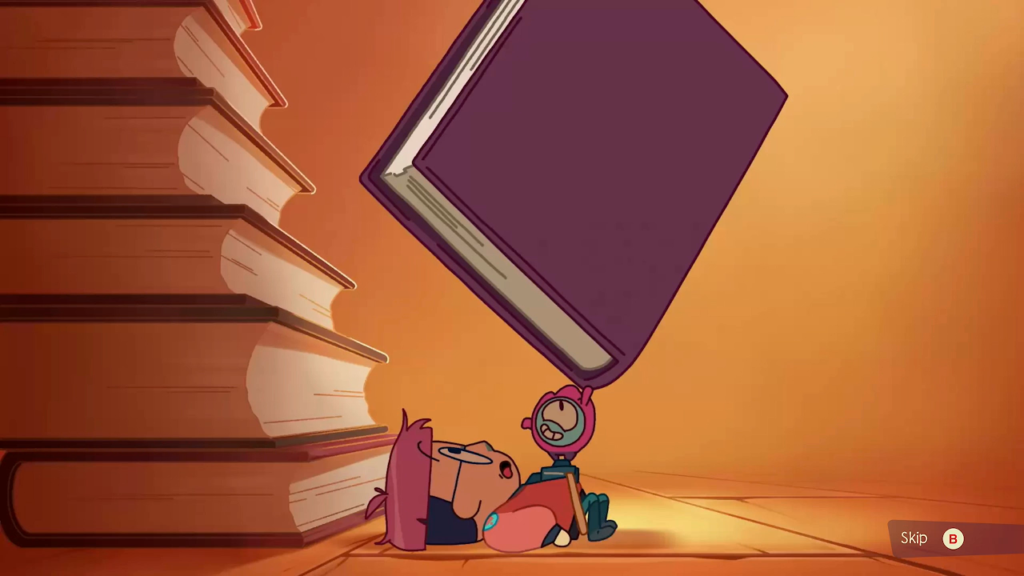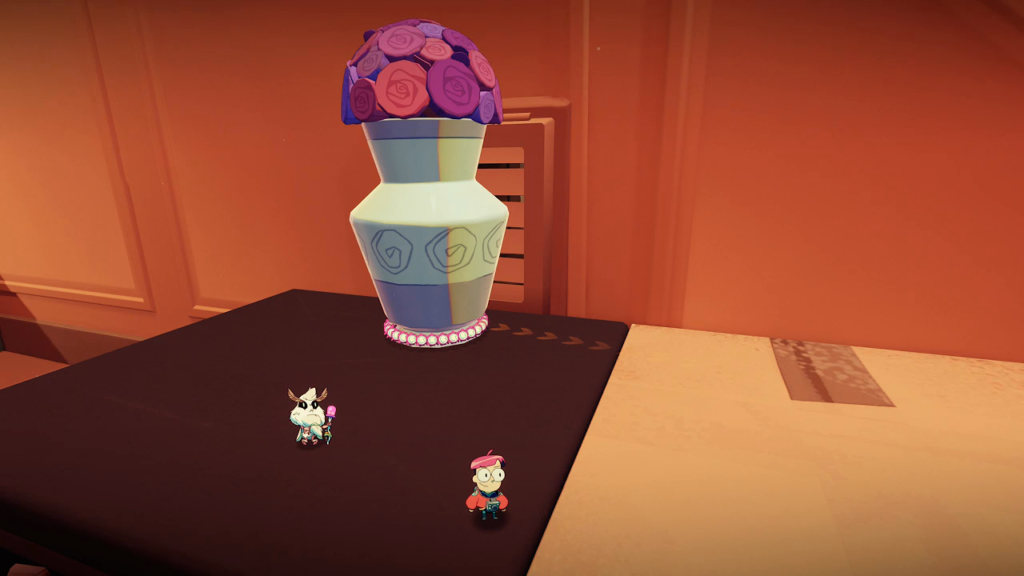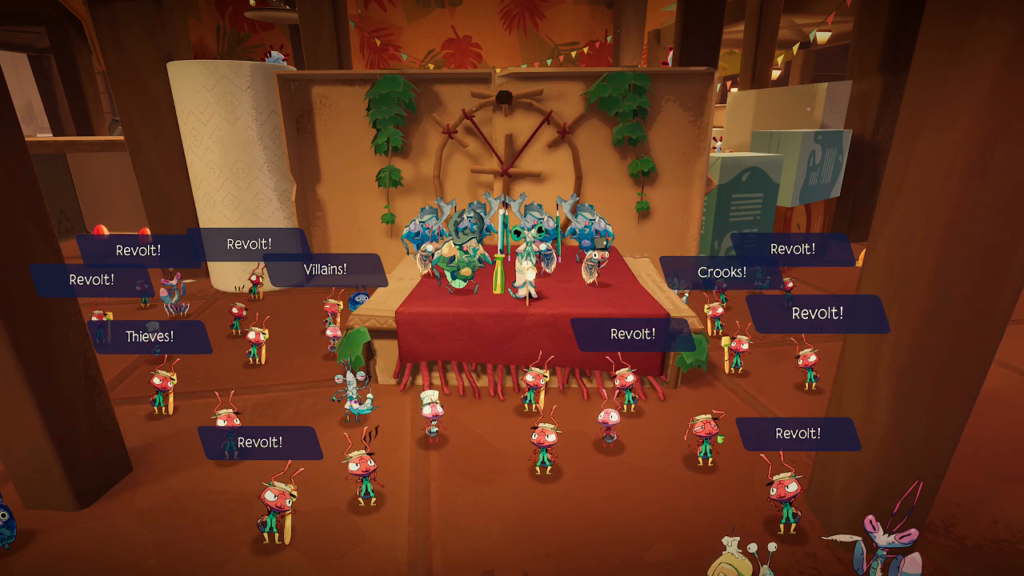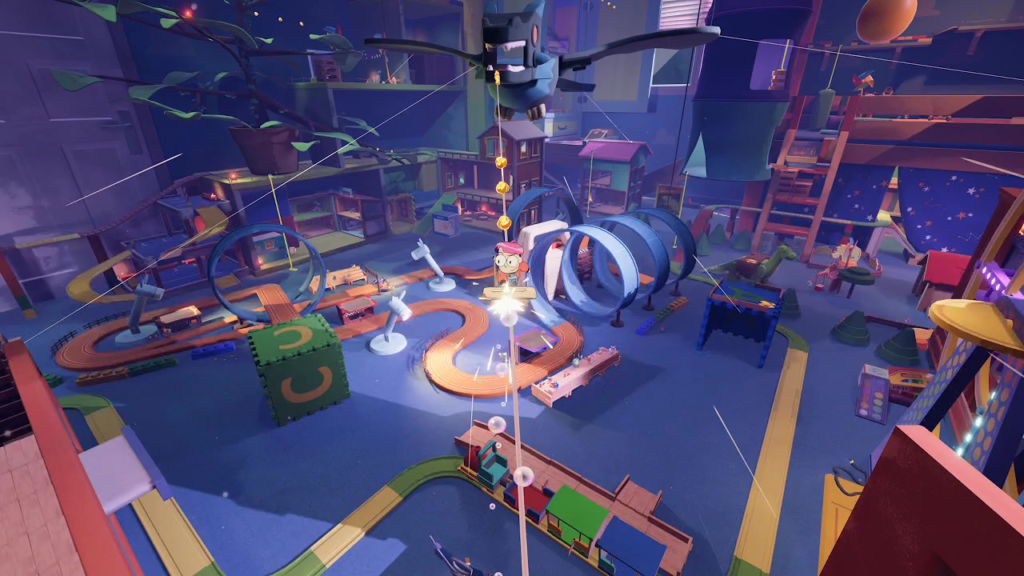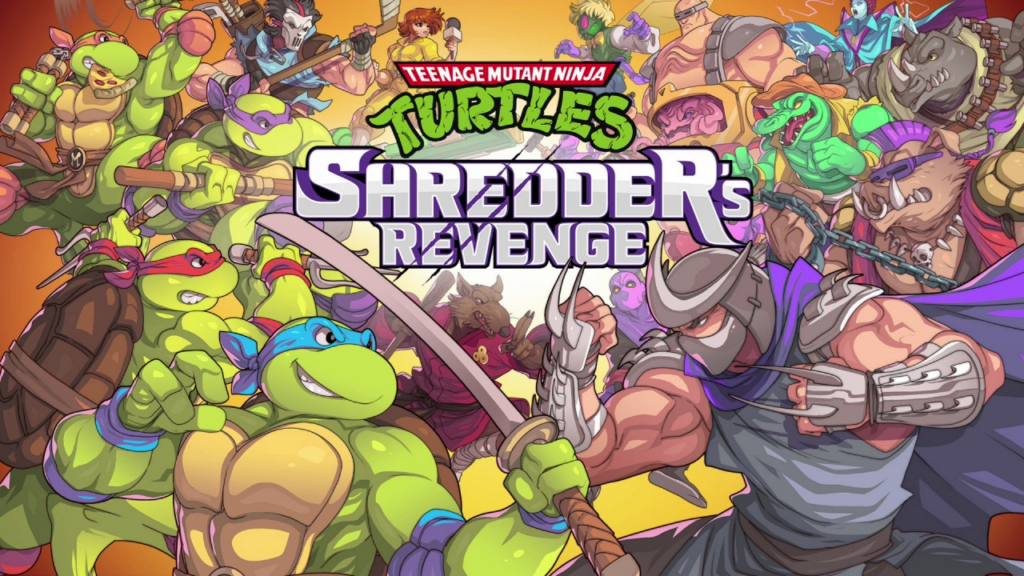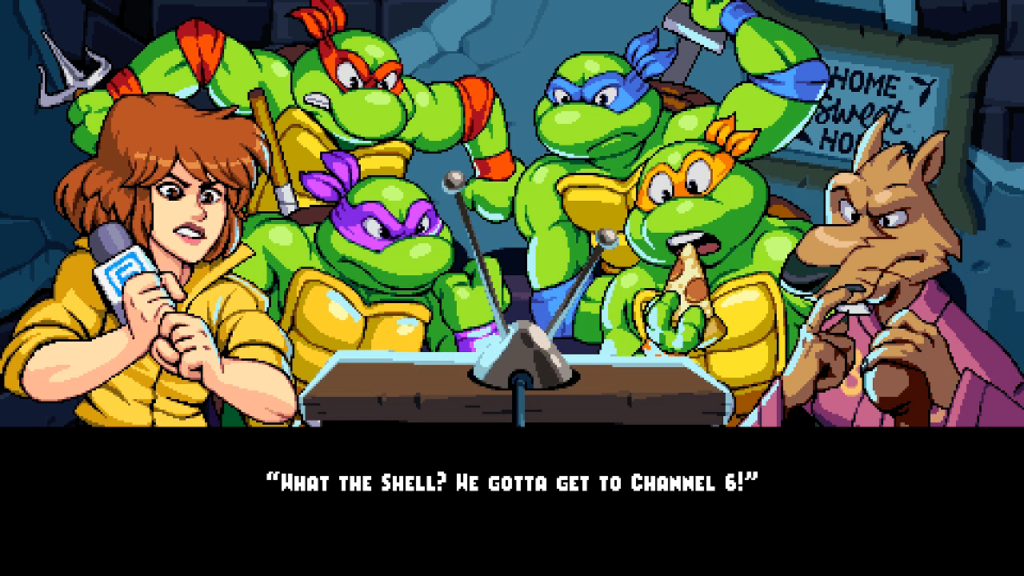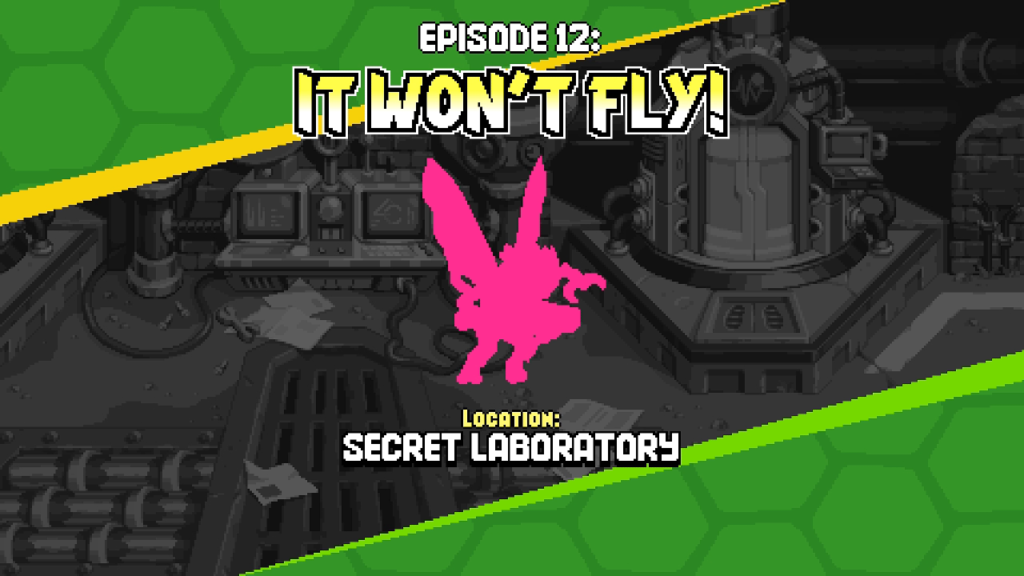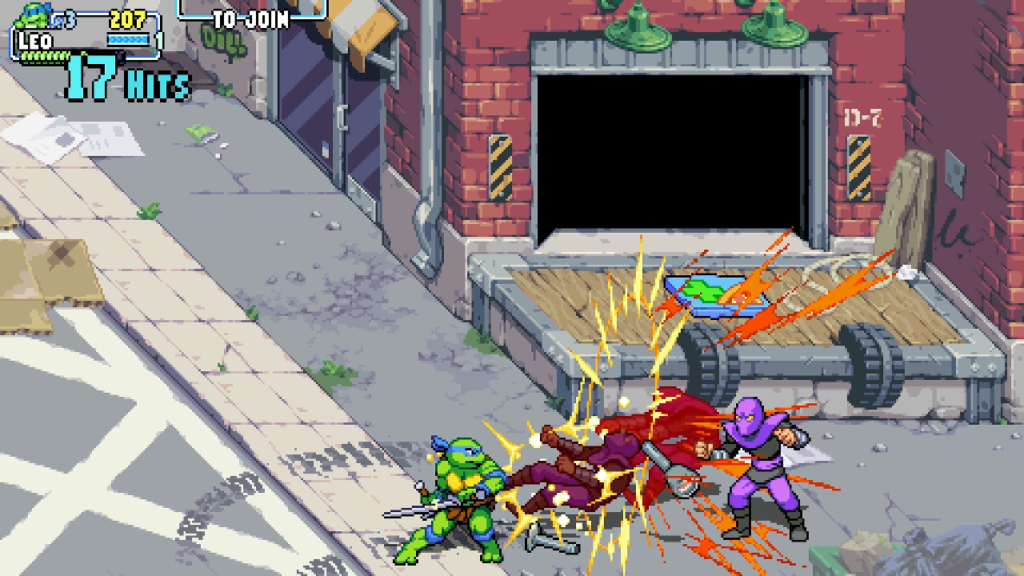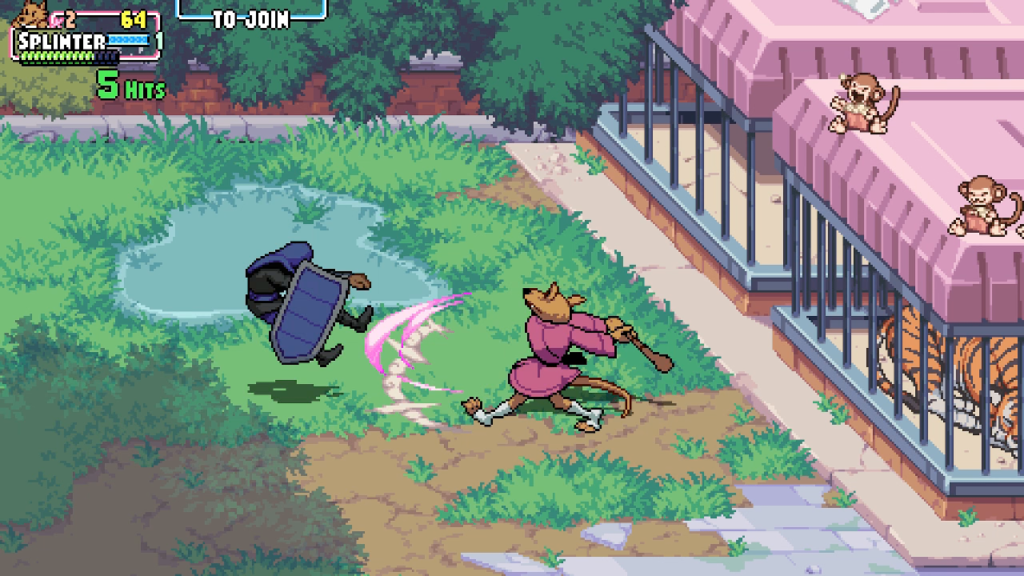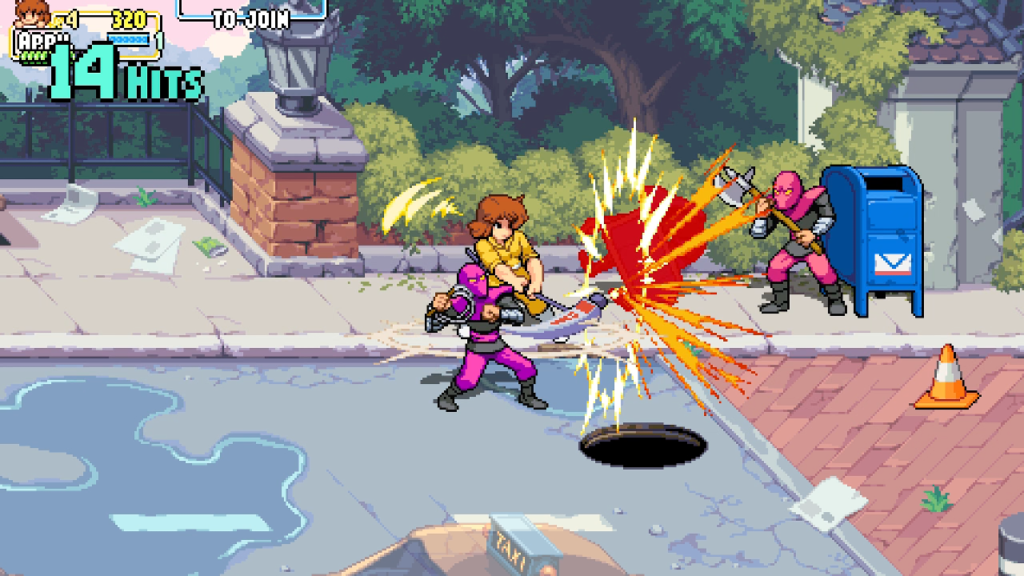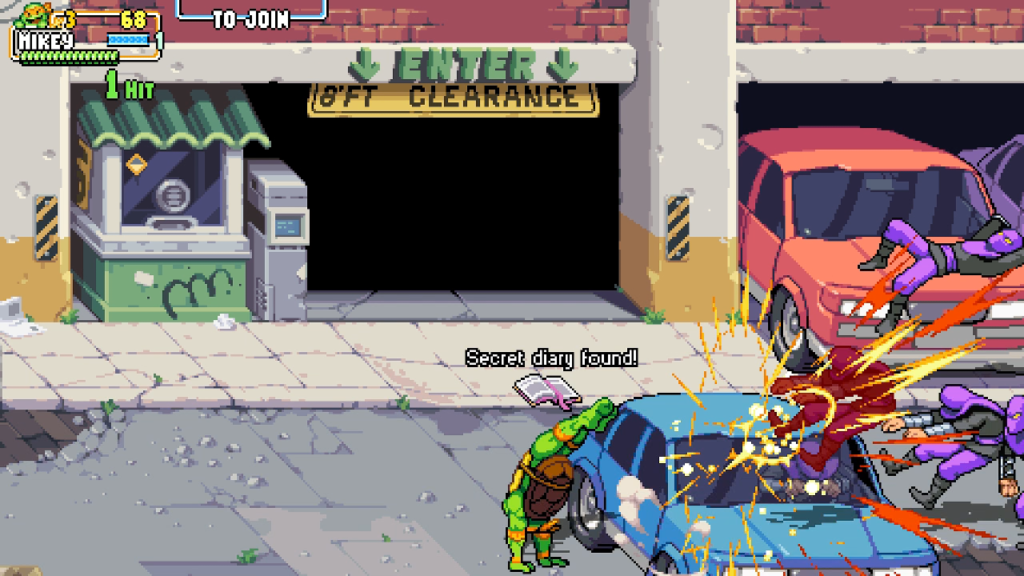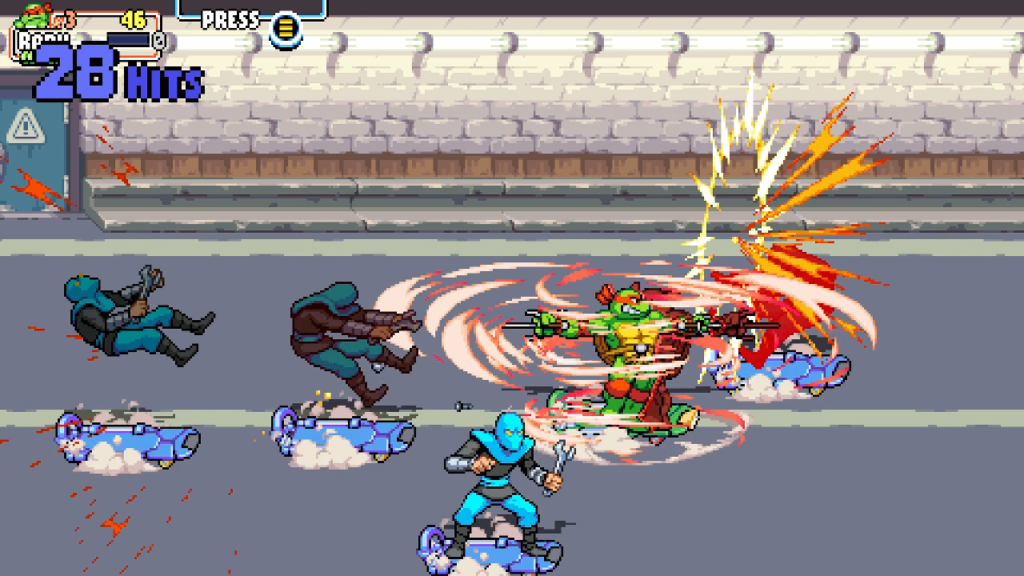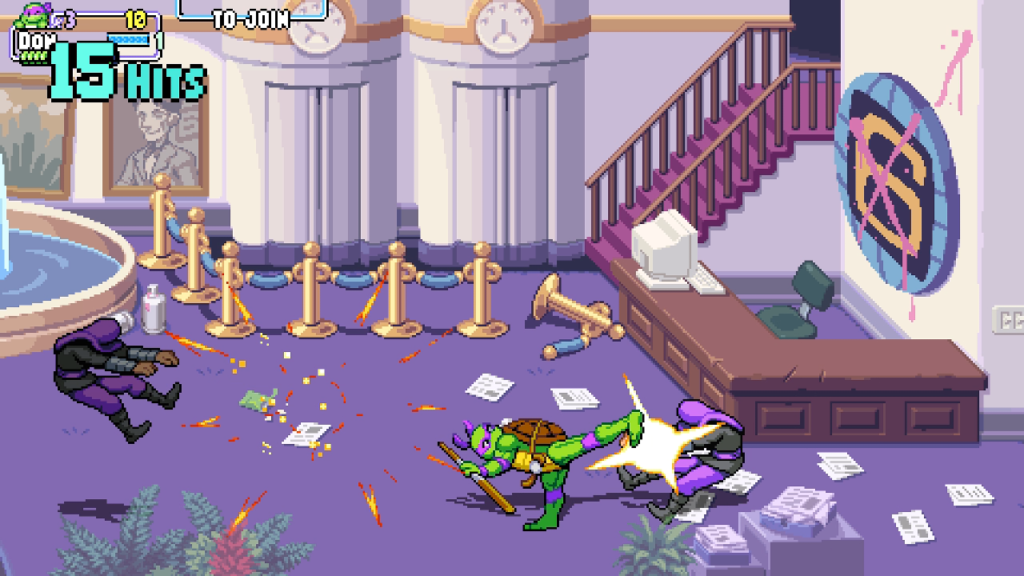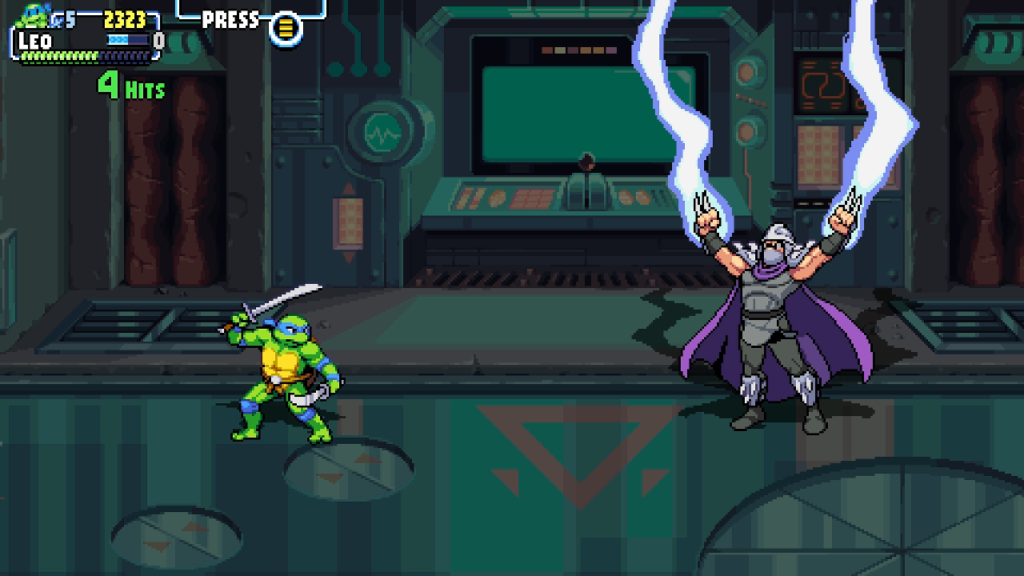When I wrote my first listicle of my favorite indie videogames released in a year, it was done on a whim. I wrote it because I needed something, anything, published on this then-new website, and a listicle sounded easy. I never intended to make it a regular feature, yet I unexpectedly found myself creating one every subsequent year to join the flurry of other end-of-year lists by other websites larger and more professional than my own. I didn’t realize it at the time, but restricting my choices only to Switch videogames was a mistake. I made that choice because Nintendo’s then-new Switch was the only platform where I was playing videogames. This restriction has felt more and more limiting over time.
2022 is the year I finally purchased an Xbox and a powerful desktop PC, expanding my platform choices dramatically. This year’s listicle reflects these changes. No longer is it the Must Play Switch Indies. It is the Must Play Indies, writ large. As ever, your favorite videogame not appearing on this list does not mean it’s not great, but more likely that I haven’t played it yet. Vampire Survivors and Chained Echoes both likely fall into this lamentable category, and I plan to play and review them both in 2023. Of the indie videogames I played in 2022, I feel these are the five best.
Infernax
Developer: Berzerk Studio
Publisher: The Arcade Crew, DotEmu
Playable On: Nintendo Switch, Microsoft Xbox One, Microsoft Xbox Series X/S, Sony PlayStation 4, PC
An early highlight of the year, Infernax tells the story of Alcedor, a young duke who returns from a crusade to find his kingdom corrupted by a cult that worships a dark god. Rooting out this evil takes Alcedor all across his side-scrolling kingdom in search of five castles. Within each castle is a spell that seals the cult’s fortress shut. During this scouring, Alcedor makes many difficult choices that have unexpected consequences. What is right in the moment may seem clear, but a hasty decision may prove taxing to his quest later on. Ultimately, his decisions determine whether his quest leads him down a righteous path or an evil one, and which weapons he discovers along the way.
In the finest traditions of indie videogames, Infernax resurrects platforming favorites of the 80s in high-definition pixel art and a rigorously disciplined approach to design. In this case, the resurrection is actually a blend. Infernax is best thought of as a combination of Castlevania II: Simon’s Quest and Zelda II: The Adventure of Link, each thought of as the black sheep in their respective franchises. Like Simon’s Quest, Alcedor must navigate the countryside in search of buildings that unseal the final dungeon, uncovering new tools and weapons along the way. Like The Adventure of Link, Alcedor gains experience levels from combat that improve his health and mana, and must skillfully attack enemies using jumping, high, and low swings to penetrate their defenses.
Despite its simple pixel graphics that evoke the 8-bit era of action platformers, Infernax is the darkest and goriest videogame on this year’s list. Blood pours from wounds dealt in combat and several scenes depict human bodies transforming into monsters, their twisted tissue and bones depicted in highly-detailed still frames. This is not an experience for the faint of heart, but as a horror videogame evoking one of the NES’ foremost horror franchises, it’s a top-shelf indie product.
Read my full Infernax review here.
Wayward Strand
Developer: ghost pattern
Publisher: ghost pattern
Playable On: Nintendo Switch, Microsoft Xbox One, Microsoft Series X/S, Sony PlayStation 4, Sony PlayStation 5, PC, Mac
In Wayward Strand, I play as Casey, a teenage journalist who is pressured by her mother into spending a three-day weekend volunteering at a hospital. Oh, and it’s set in 1978 and the hospital is on a flying ship, but these details aren’t actually important at all. The hospital’s geriatric ward is filled with lonely, sick people, and Casey’s only job is to sit and talk with them. Playing in continuous, compressed time, I guide Casey from room to room, interacting with characters while they follow prescribed schedules.
There are six patients to get to know aboard the flying hospital, but there is not enough time in a single playthrough to get to know them all. Who Casey speaks with and when determines the flow of her conversations over the three in-game days, overflowing a short videogame with replayable possibilities. I am practically demanded to play Wayward Strand at least twice to gain an understanding of every character, but this does not make a single playthrough less satisfying. Characters are well-written and warmly performed by talented voice actors, grounding the simple storybook graphics and filling its digital characters with life.
Wayward Strand is significant through its inconsequentiality. Though Casey is a teenage reporter who enters the hospital hoping to sniff out a story, her growing affection for the patients soon overrides her journalistic ambitions. Though her copious notetaking would seem to serve a detective-style adventure, in practice it is merely a character quirk. It’s the relationships between Casey and the patients, and particularly between Casey and her mother, the hospital’s head nurse, that truly push the videogame’s events forward. The only mystery to be uncovered here is how the bonds forged between people, the short-lived and the long-lasting, impact our future lives.
Read my full Wayward Strand review here.
Tunic
Developer: Andrew Shouldice
Publisher: Finji
Playable On: Nintendo Switch, Microsoft Xbox One, Microsoft Xbox Series X/S, Sony PlayStation 4, Sony PlayStation 5, PC, Mac
Tunic earns its place on this list through its stellar multi-layer design. At first it seems to be a traditional isometric action-and-adventure videogame, evoking particularly The Legend of Zelda: Link’s Awakening. I play as a nameless fox who wakes up on a mysterious island swarming with hostile monsters. By exploring the island, the fox arms themself with the tools and weapons needed to survive the island’s hazards and uncover its mysteries. But this is only the first part of Tunic; after a few hours, I learn some of the island’s secrets which prompts me to send the fox back to places we’ve already explored, now armed with the knowledge to see more than I could before. By Tunic’s final hours, the hack-and-slash of monster fighting is almost totally abandoned as it becomes an environmental puzzle videogame.
What makes Tunic special is how it reveals its secrets to the player. When the fox awakens on the island’s shore, I am given no instructions or exposition. I quickly learn how to move the fox with the joystick and interact with the island using the face buttons, but these are intuitive actions common to most adventure videogames. To learn Tunic’s unique embellishments to its genre, I must interpret the pages of its videogame manual which are hidden across the island. This manual, which I can browse like a high-definition PDF scan of a NES manual, contains information about the island’s mysteries and how to use the fox’s unique abilities. Most importantly, scrawled across the images and in the margins between lines of text, are the handwritten notes of a previous adventurer that hint at Tunic’s greatest secrets.
Tunic contains a traditional videogame boss fight, but if I go down this path I am not seeing its true ending or appreciating its real grandeur. The true ending is hidden behind The Golden Path, a game-spanning puzzle that is hidden across literally every page of the manual. Solving it is one of the mostly deeply satisfying puzzle experiences I have had in any videogame in any year. Tunic should be played for this puzzle alone, even if its combat is otherwise tedious and obvious and the number of layered mysteries it harbors a too-frustrating too-many.
Read my full Tunic review here.
Tinykin
Developer: Splashteam
Publisher: tinyBuild
Playable On: Nintendo Switch, Microsoft Xbox One, Microsoft Series X/S, Sony PlayStation 4, Sony PlayStation 5, PC
Tinykin is a marvelous 3D platformer, perhaps the best since Super Mario Odyssey. I play as Milodane, a human archeologist with a radical theory: Despite what is widely assumed, humans are not native to the planet Aegis! Tracing an energy signal to a distant point in outer space, Milodane constructs a transporter that will take him there. When he materializes, he finds himself in a house where he stands only a few centimeters in height. Each of the house’s rooms has been colonized by different insect species who have filled the floors and surfaces with all manner of devices and constructs that create a platforming playground to explore. Only by visiting every room and helping each group of insects will Milodane discover the secret of the alien signal and construct a new teleportation device to return him home.
Milodane is aided on this adventure by the Tinykin. These tiny creatures are found in cocoons sequestered in almost every one of the house’s corners, and each possesses unique abilities to aid Milodane. Pink Tinykin wield incredible strength to move objects many times their size. Red Tinykin explode when they are hurled at objects. Green Tinykin link to one another in a tower, creating a ladder that Milodane can clamber up to new heights. After only a short time in each room, Milodane is swarmed by Tinykin he can employ to solve the many problems and puzzles each insect species throws his way.
The most important thing to understand about Tinykin is, despite its description, it is not a Pikmin imitator. Tinykin do not behave like Pikmin; they are immune to damage, they complete their tasks near-instantly, and there is a finite number to be found in each room. The inspiration is certainly there, but in practice Tinykin is a 3D Platformer with its diminutive creatures acting as its progression tokens. Solving all of the insect cultures’ problems and building a machine to take Milodane home is one of the best indie experiences I had this year, perhaps only surpassed by the next, final entry.
Read my full Tinykin review here.
Teenage Mutant Ninja Turtles: Shredder’s Revenge
Developer: Tribute Games
Publisher: DotEmu
Playable On: Nintendo Switch, Microsoft Xbox One, Sony PlayStation 4, Sony PlayStation 5, PC, Linux, Android, iOS
During the peak of their pop culture prominence, Ninja Turtle brothers Leonardo, Donatello, Michelangelo, and Raphael were best known as videogame heroes for their arcade beat ‘em up entries. These quarter-munching crowd-pleasers allowed one or more players to team up against the Foot Clan, and they dominated arcades and later home consoles with entries like The Arcade Game and Turtles In Time that are well-remembered to this day. Shredder’s Revenge is a modern take on those classics, taking their simple arcade concepts and updating them with fairer enemy design, more robust movesets, and a more fulfilling length.
In keeping with its arcade inspirations, Shredder’s Revenge has a simple premise: Shredder and his Foot Clan have stolen the Statue of Liberty, and it’s up to the four Ninja Turtle brothers, joined by their rat mentor Master Splinter and human ally April O’Neil, to battle across the city to recover the monument and foil Shredder’s plan for revenge. Playing as any of these six characters feels immediately natural to a beat ’em up veteran. There is only one attack button and one jump button. These familiar controls are embellished by an evade roll and super attacks, an expanded moveset that does much to ease the punishing design of arcade videogames intended to drain the player’s pockets of all their quarters. Even against the toughest bosses, Shredder’s Revenge never feels unfair.
Shredder’s Revenge is fun and fulfilling for single players, especially TMNT superfans who watched the 1989 cartoon series as children—the character designs and the setting aesthetic is drawn from that venerable series, ignoring the intervening 30 years of additional spinoffs and adaptations. It’s even more fun when played with other superfans, either on a couch or through a robust and reliable online matchmaking system. There are many modern indie updates of classic beat-em-up videogames. Shredder’s Revenge is the best of them all.
Read my full Shredder’s Revenge review here.
